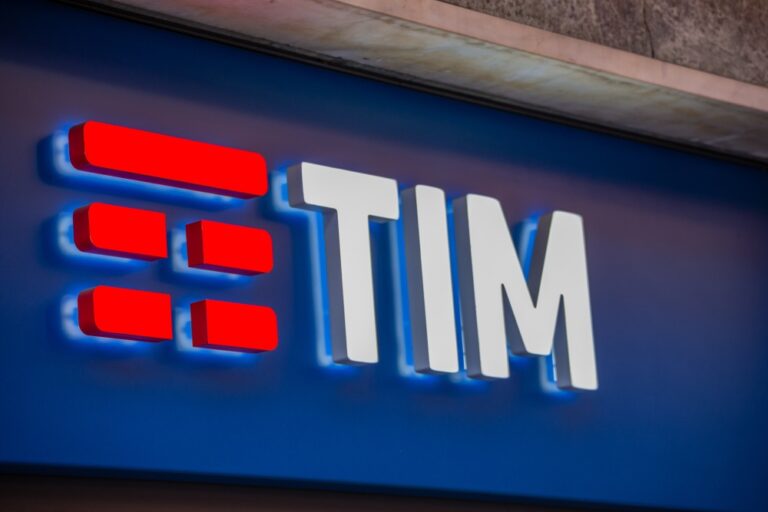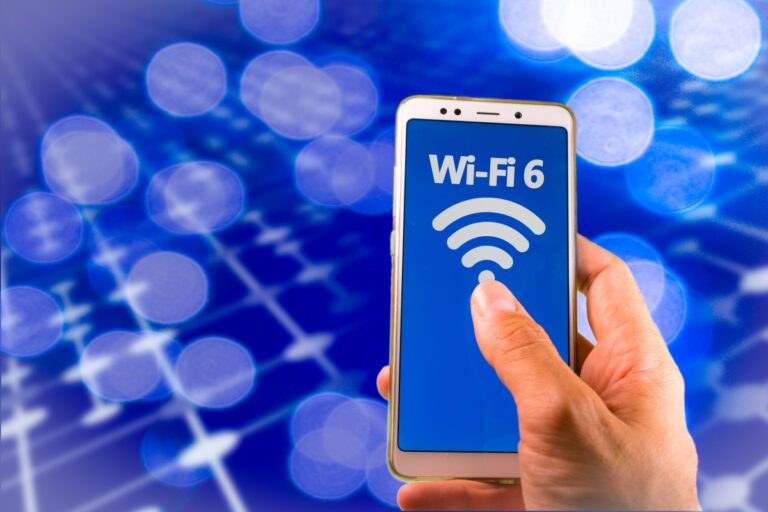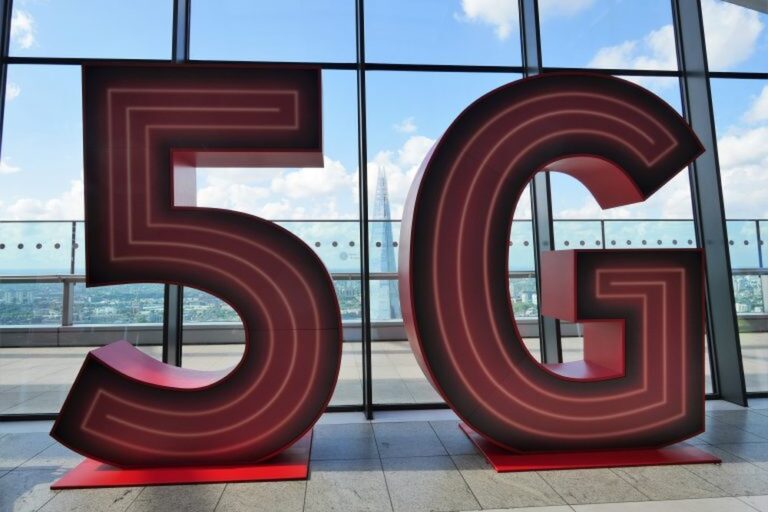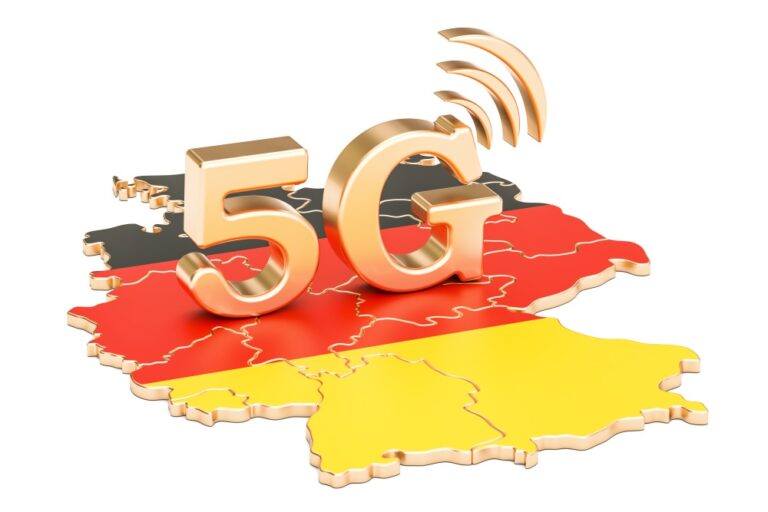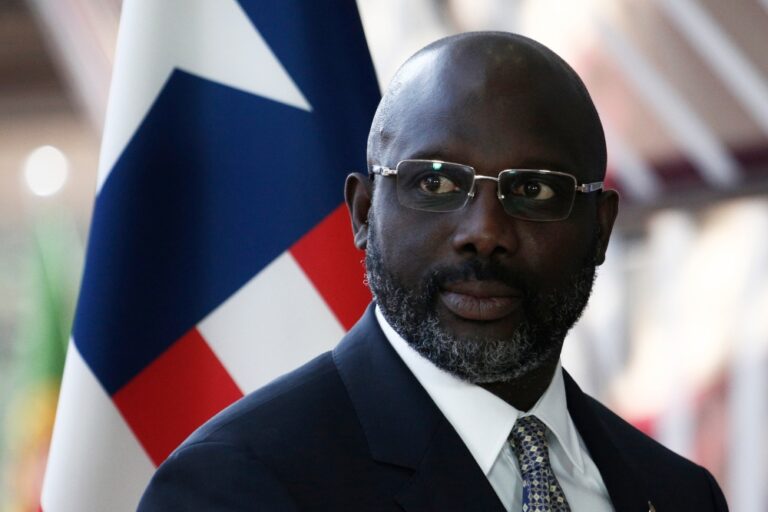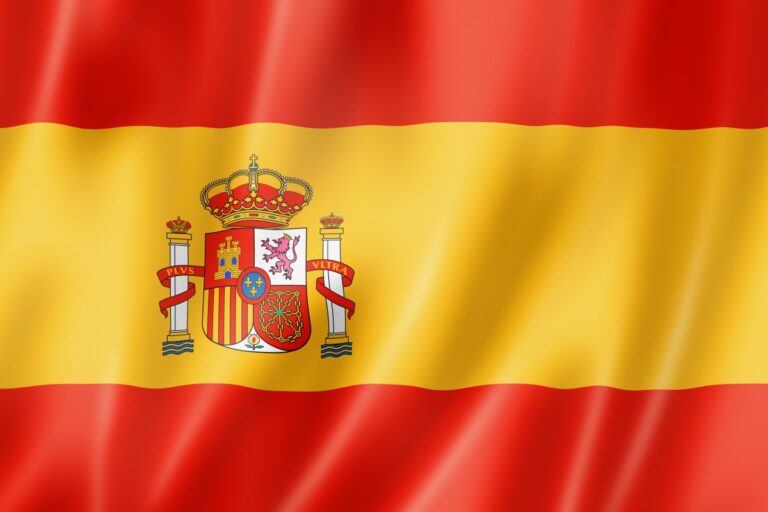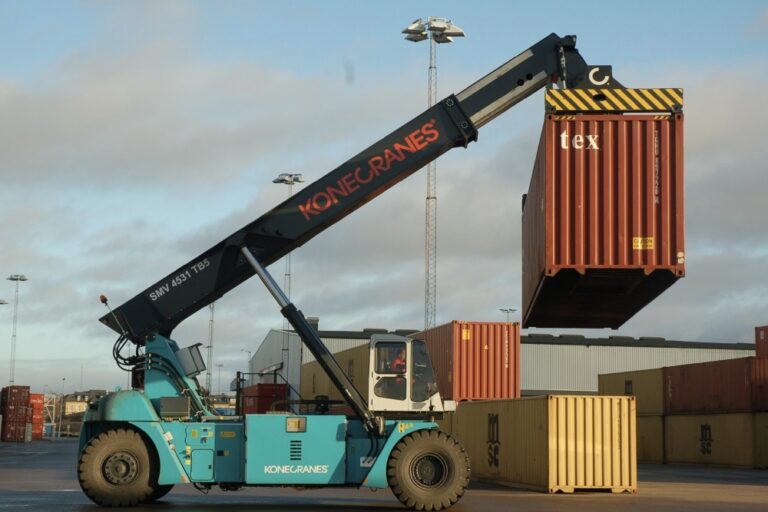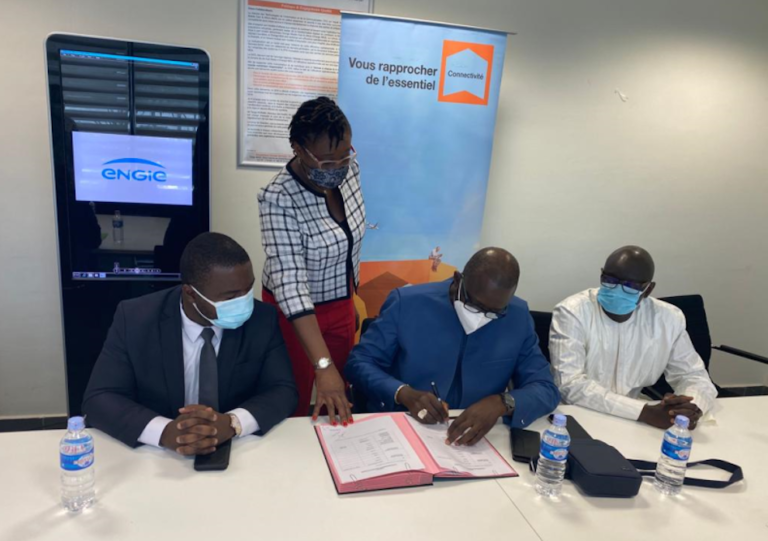Every day, the operator’s teams connect close to 10,000 customers
At the end of 2021, using its own funds and in partnership with local authorities, Orange had deployed fibre to 63% of the 29 million premises eligible for FTTH in France.
This is a 20% increase in the number of premises reached in one year – with the critical importance of good, reliable connectivity underlined by the pandemic. Orange’s boast that France “is now Europe’s leading country for fibre” does not bear scrutiny, however.
Certainly, it is streets ahead of the laggards that are also Europe’s biggest economies, like Germany, Italy and the UK, according to the latest figure from the Fibre Council Europe (which admittedly are from September 2020), and well behind the Spain and many of the smaller countries, geographically as well as economically speaking.
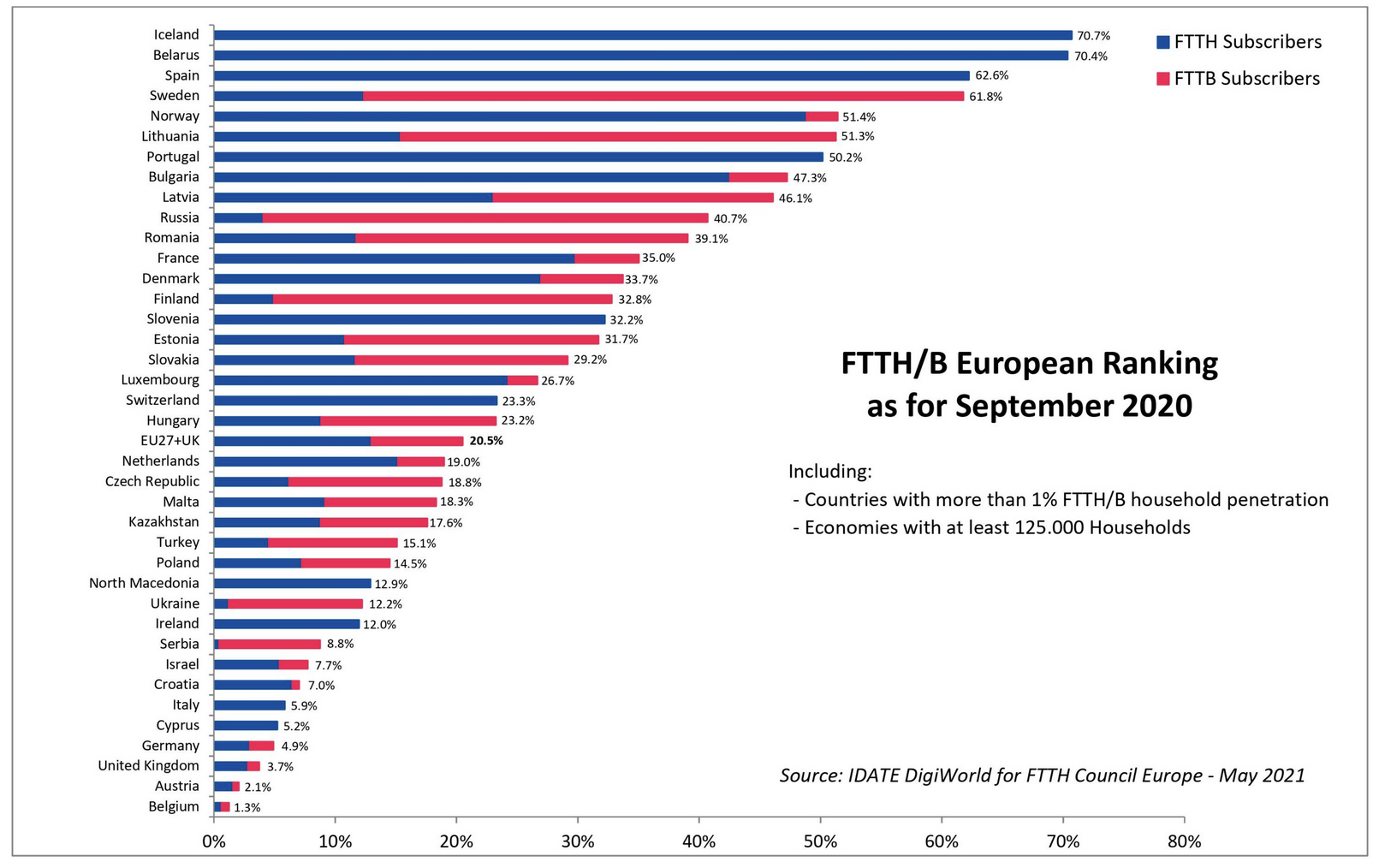
Fabienne Dulac, CEO of Orange France says, “This result reflects the full mobilization of all the Orange France technical and sales teams and those of its partners across all our regions. Over half of all Orange internet customers in France now enjoy fibre in the home or in their place of work. This success is based on our position as the leader in the deployment and our ability to connect 10,000 customers every day.”
In 2022, Orange will continue to work in all the zones where it is responsible for the fibre deployment, both in highly populated zones and AMII zones. In AMII (call for expression of investment interest) zones, with over 11 million connectable households at the end of 2021, Orange exceeded the initial target, based on the INSEE database.
Orange’s outgoing Chairman and CEO, Stéphane Richard, said: “Orange and France gambled on optical fiber over ten years ago now…Every day, our employees and partners help to build the network we will use for the next 50 years.”



